Best Polycarbonate Greenhouses UK 2023
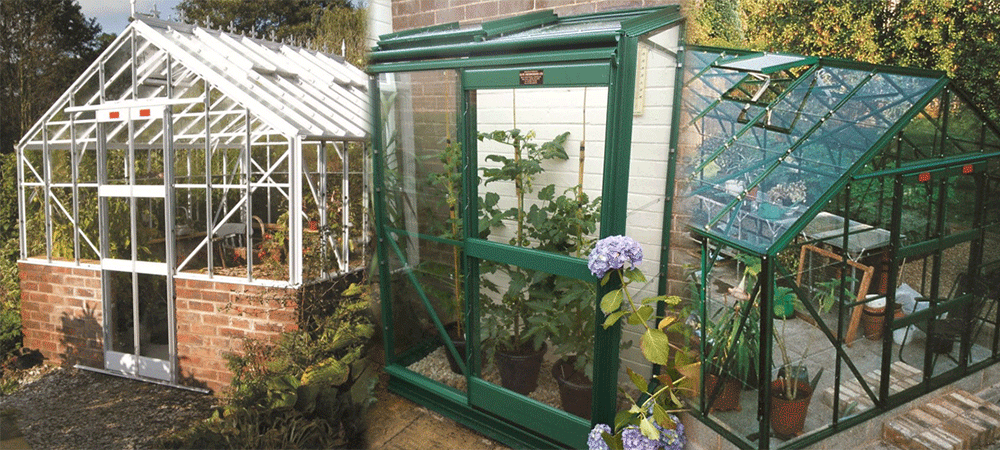
So you're on the market for a new greenhouse, and you've settled on polycarbonate glazing, but you're not sure which greenhouse to choose.
In this post, we'll go over the main things to consider, and our top polycarbonate greenhouse picks for 2023.
Best Polycarbonate Greenhouses
Here we go over the best polycarbonate greenhouses by type and style:
Best 6ft Polycarbonate Greenhouse
Winner: Halls Popular Greenhouse
Pros:
- The perfect size for most households.
- Great value.
- Aluminium frame - maintenance free.
- Multiple lengths available.
- Smooth action sliding doors.
- Built in gutters.
- 15 year guarantee.
- Free delivery.
Best Lean To Polycarbonate Greenhouse
Winner: Elite 4ft Wide Kensington Aluminium
Pros:
- Full height lean to greenhouse.
- Aluminium frame - maintenance free.
- Flexible door position.
- Multiple lengths available.
- High quality.
- Free Delivery.
Best Mini Polycarbonate Greenhouse
Winner: 2x4 Elite Easygrow Lean To Greenhouse
Pros:
- Available in multiple colours.
- Perfect for growing in a small area.
- Low ridge height to match smaller structures.
- Generous sliding door.
- High quality construction.
- Free delivery.
Best Dwarf Wall Polycarbonate Greenhouse
Winner: 8ft Wide Painted Dwarf Wall Elite Thyme
Pros:
- Victorian style with modern features.
- Low threshold entrance.
- Strong design.
- Tall double sliding doors.
- High quality powder coated finish.
- Wide panels of glass.
- Available in multiple lengths.
- Free delivery.
Best Large Polycarbonate Greenhouse
Winner: 10ft Wide Elite Supreme Greenhouses
Pros:
- 10ft wide.
- Availabe in multiple lengths.
- Extra bracing.
- High door opening.
- Lockable sliding doors.
- Free delivery.
How to Choose a Polycarbonate Greenhouse
If you are looking for a greenhouse, a polycarbonate one may well be your best option. More and more people have been opting for polycarbonate when selecting greenhouse materials. Below we'll go over the important features to consider with your new polycarbonate greenhouse.
How thick should the material be?
It’s a wise move to opt for polycarbonate that’s 4mm thick at least. If you are based in the UK, this will give you a great balance of light and insulation. It’s also worth purchasing a heater so you can keep the frost out during the colder months of the year.
What is a ‘standard size’ greenhouse?
The ‘standard size’ for a greenhouse is 6 x 4ft (1.8 x 1.2m). If you have a small or medium-sized garden, this could be an excellent option. A standard size greenhouse will give you sufficient room for storing plants but shouldn’t take up too much space. If you’re on a limited budget, consider purchasing a polycarbonate greenhouse rather than a walk-in. This option may also be best for you if you have a smaller patio space. Those with more space to work with that wish to grow more plants can look at investing in a 6 x 8ft (1.8 x 2.4m) greenhouse.
Benefits of a Polycarbonate Greenhouse
Polycarbonate has a natural UV filter so most plants are protected from excessive UV rays. Thicker polycarbonate is easily available. It also diffuses light more effectively than glass. Furthermore, you don’t need to worry about your panels breaking or smashing.
Polycarbonate vs glass
Many people still opt for glass greenhouses because they require a traditional look. They also tend to look more expensive. They do enable a large amount of light to get into your greenhouse, so they may be right for you if you’re growing plants that require extremely bright conditions. Glass doesn’t fade or discolour, and old glass can be recycled. It’s also simple to replace any cracked glass panes.
However, there’s no real protection from the sun with glass, which means your plants could become too high. You’ll also need a substantial amount of energy to heat and cool this kind of greenhouse. Glass can also be rather costly when you’re buying it new. The installation process can also be difficult. This is because the panes can break easily and tend to be very heavy. Broken glass can also put humans and animals at risk. You’ll also need to clean the panes regularly so dirt, debris and smudges don’t block light and cause uneven distribution of it.
Polycarbonate glazing
Polycarbonate is a kind of plastic glazing that’s become extremely popular over recent years. Though it doesn’t have the classic appearance of glass, it does come complete with a range of benefits. Another benefit of buying polycarbonate glazing is that various kinds of transparency are available, which means it’s easy to cater for any specific plants that you are dealing with.
This kind of glazing is excellent when it comes to withstanding strong winds. It won’t shatter easily and will deliver better UV protection than glass. Warmth and sunlight will still get into your greenhouse, but there’s less chance of your plants being damaged. Polycarbonate also gives you a better level of insulation, which is similar to double glazing. This means your greenhouse will remain warmer for longer. As it doesn’t weigh as much as glass, polycarbonate is easier to install. What’s more is that it won’t shatter if you accidentally drop it. This material is incredibly resistant to weather and needs much less cleaning and general maintenance than glass.
Polycarbonate glazing does have some downsides too. It doesn’t have the traditional visual appeal of glass, and condensation does sometimes form between polycarbonate layers. If you don’t secure the panels in as firm as you need to, they may blow out. You’ll also need to ensure your greenhouse itself is secured to the ground firmly. If you do break a panel, it may take you longer to source a replacement than it would if you had a glass greenhouse.
Related:
- Polycarbonate Greenhouses
- Toughened Glass Greenhouses
- Small Polycarbonate Greenhouses
- Polycarbonate Lean to Greenhouses
- Greenhouse Glass or Polycarbonate?
Doors and windows
Greenhouses are available that come with hinged doors which open outwards. However, some greenhouses have sliding doors. It’s even possible to acquire greenhouses that have doors at each end to make access even easier.
If you have a smaller garden, there’s a big chance you may wish to invest in a greenhouse with sliding doors. These doors can slide open and close without taking up any of your garden space. They won’t slam or fly open during windier weather. Although hinged doors are easier to open, they can flap or slam if you don’t close them properly. Windows can help with the ventilation process. You will need an alternative kind of ventilation if your greenhouse doesn’t have windows built into it. If a greenhouse overheats, your plants could be damaged or even killed. Ventilation is also important for preventing damp and mildew from causing mould to build up inside your greenhouse.
How to choose the right size greenhouse
The amount of space you have available will have a heavy influence on the kind of greenhouse you buy. Nonetheless, there are other things you’ll need to think about too. A standard size greenhouse is 6 x 4 ft (1.83 x 1.22 m) and gives most people enough room to accommodate the plants that they want to grow. If you have a large garden or outdoor space, you can actually buy greenhouses twice this size. These normally measure 6 x 8 ft (1.83 x 2.44 m) and allow you to grow many more plants. One of the risks of purchasing a larger greenhouse is that these can be much more difficult to heat. You may find yourself spending a considerable sum on heating your greenhouse during the winter, so it’s best to only buy this kind of greenhouse if you feel you need it.
Perhaps you don’t have a great deal of space to play with, or you simply want to buy a smaller greenhouse for another reason? If so, options are available, and these include greenhouses that are akin to cabinets. These are often called ‘mini greenhouses’ and you can install them pretty much anywhere. Many people choose to install them against the walls of their homes. You should have plenty of space for multiple seed trays and smaller plants if you buy one of these greenhouses. Not all greenhouses have doors positioned on their shorter side. It’s also possible to buy greenhouses with doors on their long sides. This makes them wider instead of deeper.
What are the benefits of greenhouses in general?
Greenhouses give you a warmer environment for growth. The air inside greenhouses is substantially warmer than that of the air outside them on sunny days. Greenhouses therefore enable you to grow the kind of plants and crops that you wouldn’t otherwise be able to grow in the United Kingdom. Greenhouses warm up extremely quickly on sunny days. You’ll definitely notice this in the spring and autumn. Sunnier days will give you a longer growing season. Another key benefit of a greenhouse is that the climate inside one is very easy to control. You can forget all about rain, frost, pests and tough winds preventing your progress.
Another great reason for investing in a greenhouse is that you don’t normally require any planning permission. This is because they are not permanent structures. However, a small number of people do need planning permission, so it’s always best to get in touch with your local authority first to make sure it’s okay to install one.
FAQs
What is the right thickness of polycarbonate?
There is no ‘right’ level of thickness when it comes to polycarbonate for greenhouses. The thickness you opt for can depend on factors like how much sunlight and insulation you need. Thicker polycarbonate tends to give you more insulation but will block more of the sun. If you live in the UK, you may wish to opt for a thickness of approximately 4mm. This should give you the ideal compromise between light and insulation. If you need to keep frost out of your greenhouse in the winter, you may wish to opt for panels which are thicker than 4mm.
Where is the best place to install my greenhouse?
You need to ensure that your greenhouse roof can catch direct sunlight. However, you will still need to install it in a slightly sheltered environment. If you’re worried about tough winds, you can place your greenhouse next to a hedge or fence to provide a small amount of shelter. It’s best to avoid installing the greenhouse close to overhanging trees as these can damage it. These trees can also cause your greenhouse to become dirty, and dirt can block light.
Do you need to add a water supply and electricity to your greenhouse? If so, you’ll need to think carefully about the location. A water or electricity source will certainly be needed if you wish to add facilities such as lighting, grow lights, propagators and a heater to your greenhouse. You’ll also need to consider the location carefully if you’re installing a greenhouse on your property. Make sure your site is level or almost level. You can also lay down flagstones or slabs, but make sure these are bedded securely. Greenhouses often come with bases included, but a foundation will be required if you want to secure it properly.
Why might I need planning permission for a greenhouse?
Most people don’t need planning permission when they want to install a greenhouse. However, you may need to get permission if your home is a listed building, if you’re installing it somewhere passers-by and neighbours will easily be able to see it or if you live in a National Park. Permission will also be needed if the greenhouse is over 2.5m tall, or if you’re installing it within 2m of the boundary edge of your property. It will also be required if half or more than half of your garden is home to outbuildings. Talk to your local authority if you’re not absolutely sure whether you will need planning permission or not.
Are there many different types of greenhouses?
Various kinds of greenhouses are available. What’s right for you will depend on factors such as your garden layout. Many people prefer the free-standing, rectangular polycarbonate greenhouse due to its versatility and usefulness. If you want your greenhouse to really grab people’s attention, you could invest in an octagonal greenhouse. Lean-to greenhouses are also popular amongst those with existing walls. As their name suggests, they lean against suitable properties and can also benefit from the heat inside a building.
To get the ventilation you need, think about purchasing a polycarbonate greenhouse that comes with windows. Windows will help you regulate the temperature inside your greenhouse and prevent your plants from withering when the heat is high.
One of the most challenging aspects of living in the UK is dealing with the unpredictable weather. A rapidly-changing climate can make it hard for you to grow plants. Greenhouses won’t help you control the weather, but they do enable you to manage your plants more easily so they can grow. Polycarbonate greenhouses are cost-efficient, straightforward to install and are preferred to glass greenhouses by many people.
Conclusion
We hope you enjoyed our post on the best polycarbonate greenhouses.
If you need any more help choosing your greenhouse, then contact South West Greenhouses and we'll be happy to help you.
Related reading:
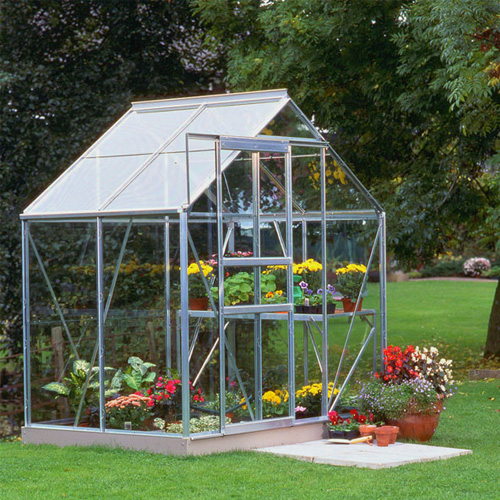
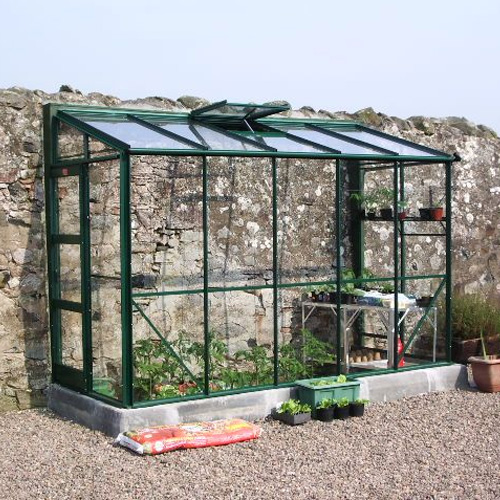
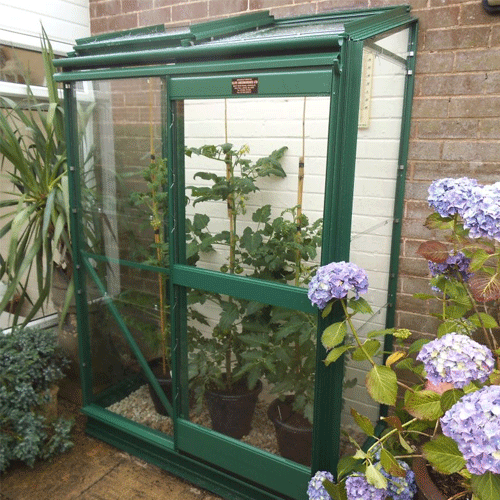
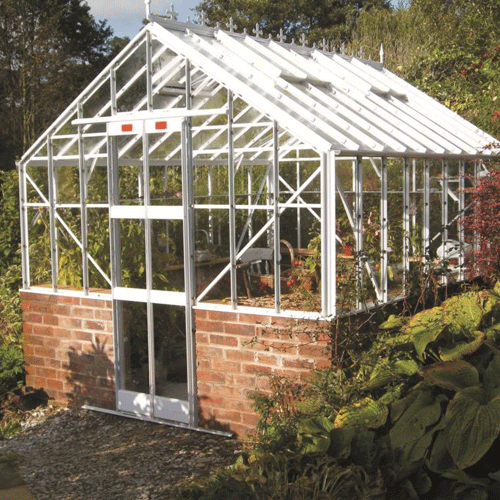
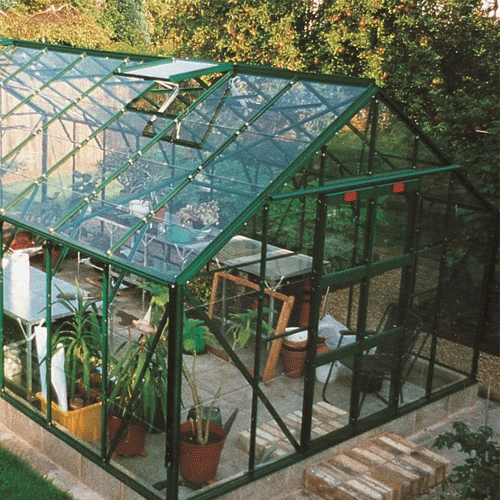
 Author:
Author: